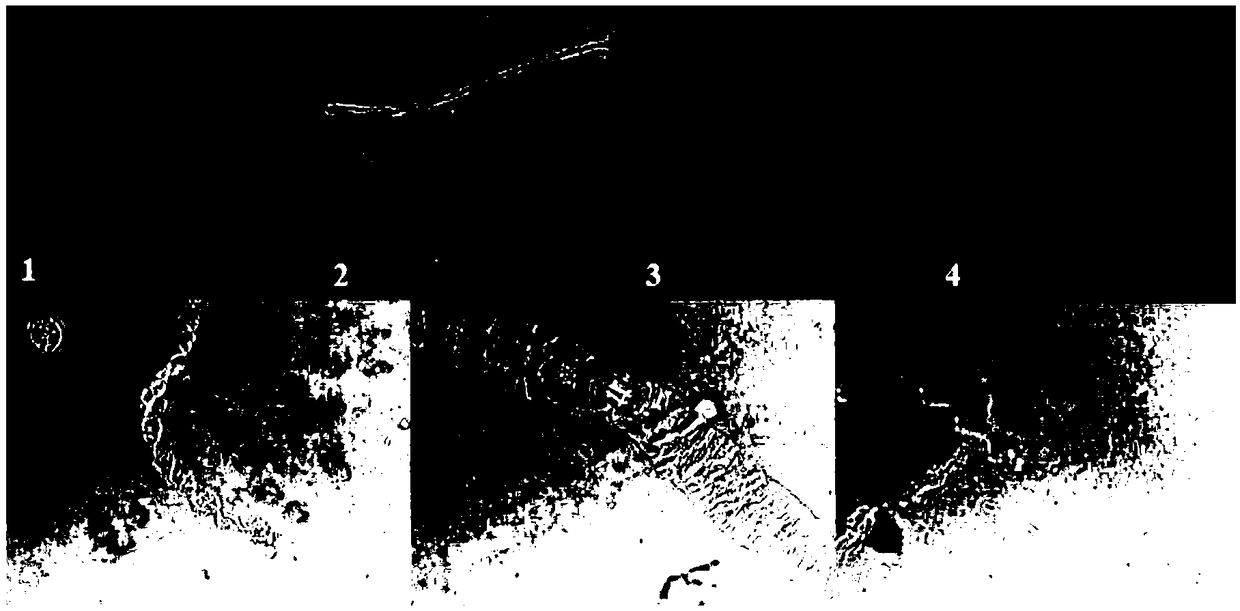Method for preparing cellulose with low degree of polymerization and low crystallinity using high-temperature heat treatment
A technology of high-temperature heat treatment and low degree of polymerization, applied in the field of cellulose, can solve problems such as complex process, increased crystallinity of cellulose, unfavorable fermentation process, etc., and achieve the effect of simple process flow, low production cost and mature technology
- Summary
- Abstract
- Description
- Claims
- Application Information
AI Technical Summary
Problems solved by technology
Method used
Image
Examples
Embodiment
[0025] Weigh 700 g of cellulose cotton paddle board with a degree of polymerization of 500 and a degree of crystallinity of 72.1%, crush it into a powder of 80-100 mesh with a rotary vane grinder, divide the powdered cellulose into 7 equal parts on average, and then Spread it in a blast drying oven with a thickness of about 30mm, and set the oven temperature at 170°C, 180°C, 190°C, 200°C, 210°C, 220°C, 230°C (recorded as samples 1-7 in sequence ), heated at a heating rate of 3°C / min, and after the sample temperature reached the respective set temperature, the temperature was kept at this temperature for 40min, and the cellulose sample was taken out and sealed for storage.
[0026] The degree of polymerization of the above seven cellulose powder samples treated at different temperatures was detected by the cuproammonia method, and it was found that as the heat treatment temperature increased from 170°C to 230°C, the degrees of polymerization of the obtained cellulose samples wer...
PUM
| Property | Measurement | Unit |
|---|---|---|
| degree of polymerization | aaaaa | aaaaa |
| crystallinity | aaaaa | aaaaa |
| degree of polymerization | aaaaa | aaaaa |
Abstract
Description
Claims
Application Information
 Login to View More
Login to View More - R&D
- Intellectual Property
- Life Sciences
- Materials
- Tech Scout
- Unparalleled Data Quality
- Higher Quality Content
- 60% Fewer Hallucinations
Browse by: Latest US Patents, China's latest patents, Technical Efficacy Thesaurus, Application Domain, Technology Topic, Popular Technical Reports.
© 2025 PatSnap. All rights reserved.Legal|Privacy policy|Modern Slavery Act Transparency Statement|Sitemap|About US| Contact US: help@patsnap.com

